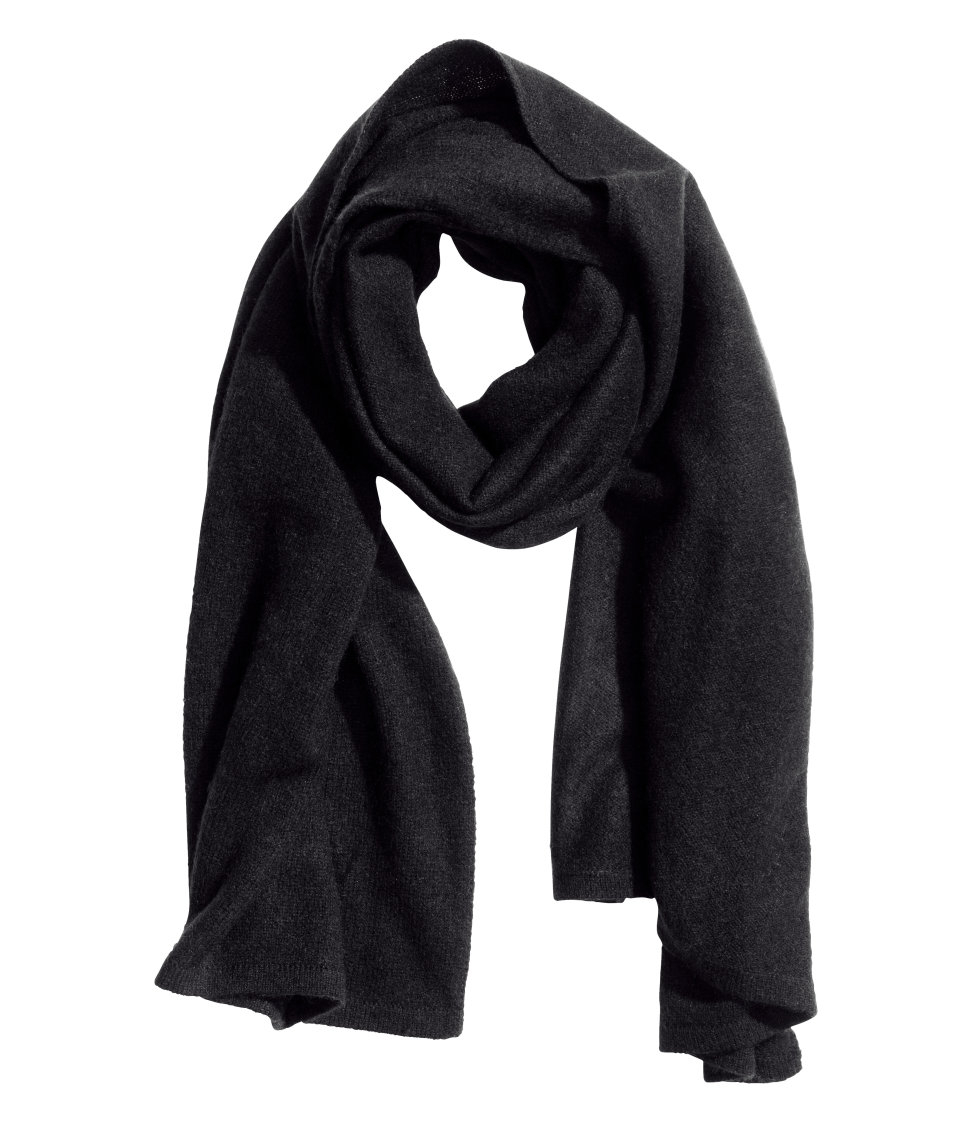

#Black scarf free#
It talks about how you should- seek education and how you should just because you're free doesn't mean you shouldn't work.

#Black scarf how to#
And it really just outlines how to be a successful free citizen in America. So our document was called the Freedmen's Bureau Outlines the Duties of Freed People. So we're going to start off with our first station. I do like how I'm seeing people already having that silent conversation on the paper. Remember that I asked you to add this new rule of staying quiet, right, Leo? Five minutes. I'll give you five minutes on the first one. You'll have some time to re-collect your thoughts. Have them in mind and then we'll talk again. Think about these quickly before we start. How do the sources show the resiliency of newly freed enslaved peoples? What are the perspectives of the newly acquired freedom of former enslaved peoples that these sources give us? And what do people need in order to sustain and protect their freedom? It will be up here if you need it. There are three guiding questions that I want you all to think about as you're going through all of this. I'm hoping that you all will- any sort of comment, any sort of thought that you all get, will write it on there instead of saying it out loud. In doing that, I'm hoping that it's going to force you all- this is the reasoning behind you all being silent, I'm not just asking you to be silent because I'm mean-spirited. So this time, what I would like for you all to do is stay silent the entire time. Last time we went around to each station, and you annotated the reading itself. This time around, what I would like you to do is we're adding steps to it.

I'm going to split you up into groups, or you're going to split yourselves up into groups based off numbering. What we're going to do is we're going to split up, and we've done Big Paper before. They are dealing with primary sources, but it almost feels personal in a way. But in that sort of private sphere of looking over that paper while it is attached to the poster and being in stations, reading it, and then being able to sort of write on it, it also gives them a connection to the history itself. And that really, I think, brings out student comments and creativity in a way that if we're just sitting and we go over it in class doesn't necessarily engage a lot of students because some of them won't want to raise their hands. And we have the students use that as a drawing board. At the end of the station, they will end up picking highlights from everything that has gone around annotations and showing that to the class as a whole. And so the students are going to be going through with each of those stations marking up the papers, annotating the readings as much as they want as well as commenting, and having conversations, checking off, or contradicting, challenging, supporting other students' claims as we go through all five stations. We have five stations, a big paper on each. We recommend placing the item in the box that it came in and sealing it in plastic.Today we're doing the silent Big Paper. * Exchanges will not be accepted if the items arrive damaged due to poor packaging. If the scarf you are returning is more expensive than the one you would like, we will credit the difference toward your next purchase. If the scarf you are returning is less expensive than the scarf you would like, we will charge you the difference. Make sure to save the packing slip you receive at the post office so that we can track the shipment. A customer who wishes to exchange an exchanged item will be responsible for paying the shipping costs in both directions. When exchanging an item, the customer pays the cost of shipping the original item back to us, and we pay the cost of shipping the new item. Exchanges are accepted within 30 days from the day the package was received by you till the day you sent the package to us. Once we receive the package, we will contact you and send you the scarf you would like instead! Send the package to:Īdi Bakshi 17 Moyal St. Pack the items well and add your receipt or exchange slip if you received a gift, as well as a note with your name, number and email address. New scarves that have not yet been used can be exchanged easily via registered mail.


 0 kommentar(er)
0 kommentar(er)
